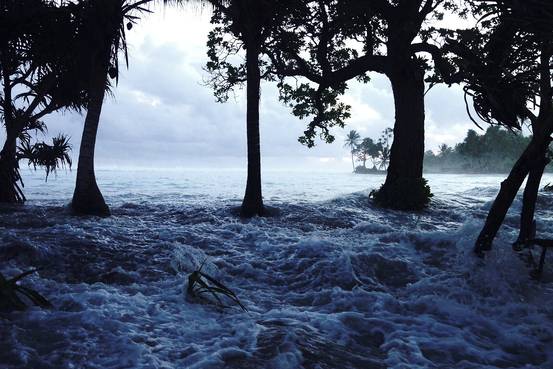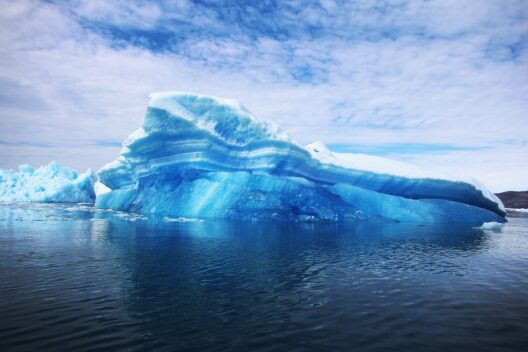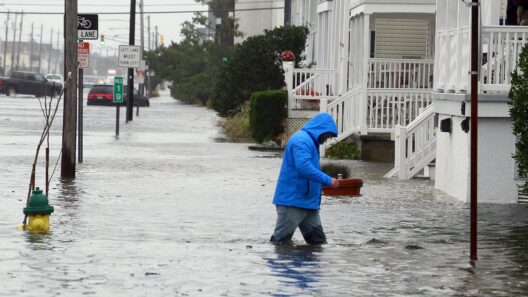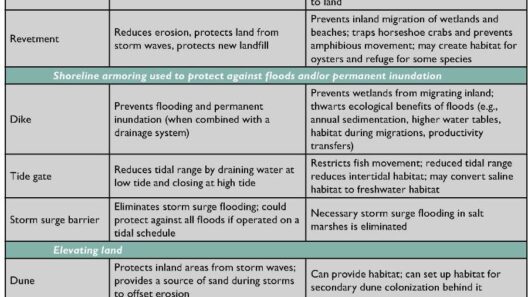In the vastness of the world’s oceans, islands stand like fragile jewels, their beauty alluring yet vulnerable. As climate change manifests its ominous presence, rising sea levels threaten to erode both the land and cultures that inhabit these island nations. This article delves into the intricate dynamics of rising ocean levels and their profound impact on island territories globally.
From the Maldives to the Marshall Islands, certain archipelagos find themselves at the frontline of this critical environmental battle. The beauty of these terra firma fragments is under siege by a slowly encroaching tide, metaphorically likened to the patient creep of a predator stalking its prey. The plight of these islands encapsulates a broader narrative of human resilience and environmental fragility.
Understanding which islands are most acutely affected helps illuminate the imminent challenges. Low-lying coastal zones worldwide, notably in the Pacific and Indian Oceans, are at particular risk. Yet, this phenomenon is not confined to remote locations; it has implications even for vibrant urban centers on large islands, where the stakes entwine with economic stability and human habitation.
Often overlooked, Tuvalu and Kiribati silently navigate a treacherous course. At a mere two to four meters above sea level, these nations could vanish into the briny depths within a lifetime. With landscape features resembling stone relics from a bygone era, their environment holds both a charming aesthetic and a disquieting truth: parts of their territories are consistently caressed by the waves, each undulation a whisper of what is being lost.
In the Caribbean Sea, the story continues with islands like Barbados and the Bahamas. These locales, known for their pristine beaches and vibrant coral reefs, find themselves grappling with the consequences of hurricanes intensified by rising ocean temperatures and sea levels. The intricacies of intertwining ecosystems and human economies reveal a precarious balance between beauty and survival. The lush coconut palms and azure waters that characterize these regions may soon be mere memories, victims of relentless erosive forces.
As we navigate further into the Pacific, no discussion of rising sea levels would be comprehensive without mentioning the Marshall Islands. A nation made up of 29 atolls and five islands, it is a veritable tapestry of biodiversity. Yet, these vibrant ecosystems are continuously threatened as saltwater infiltrates freshwater resources. The repercussions are wide-ranging, affecting agricultural yield, drinking water access, and the very survival of unique cultural identities. The islands’ connection to the ocean is intrinsic; their fate tied to that of the surrounding waters. In this way, the rise in sea level serves as a bellwether of broader climate crises unfolding worldwide.
The gradual displacement of populations is nothing short of tragic. Residents of affected islands face an uncertain future. Climate-induced migration, often termed “climate refugees,” strips families of their homes, heritage, and community bonds. When land is rendered uninhabitable, a cumbersome process of relocation often ensues, fraught with bureaucratic challenges and cultural disorientation. The metaphorical ties that bind these people to their ancestral lands fray, as the ocean beckons them toward an uncertain horizon.
Moreover, the repercussions of rising sea levels extend well beyond displacement. Nations inflicted by the specter of ocean encroachment are quietly grappling with resource scarcity, economic instability, and the tremendous burden of adaptation. Infrastructure desperately needs fortification; seawalls, drainage systems, and elevated buildings become imperative yet costly undertakings. Governments find themselves at a crossroads, balancing immediate needs against long-term sustainability plans in a world that often seems indifferent to the plight of small island nations.
However, amid this harrowing narrative, resilient endeavors begin to emerge. Many island nations are championing innovative responses to climate change, showcasing a remarkable capacity for adaptation. Investments in renewable energy, sustainable agriculture, and community-led conservation initiatives are taking shape. The local populace draws strength from their unique cultural heritage, using traditional knowledge to bolster contemporary initiatives. Rather than mere victims, they become agents of change, seeking collaborative solutions with the international community. In this realm lies an opportunity for global solidarity, one where awareness can transform destiny through action.
Ultimately, the ramifications of rising sea levels extend beyond geography and politics; they touch the very fabric of humanity. The plight of island nations serves as a microcosm of larger environmental truths. It reminds us that our interconnected fate relies on collective stewardship of our planet. As sea levels rise, so too must our resolve to protect and nurture every corner of our world, ensuring that the delicate allure of island nations, and the stories they hold, are not washed away by the tides of neglect.








